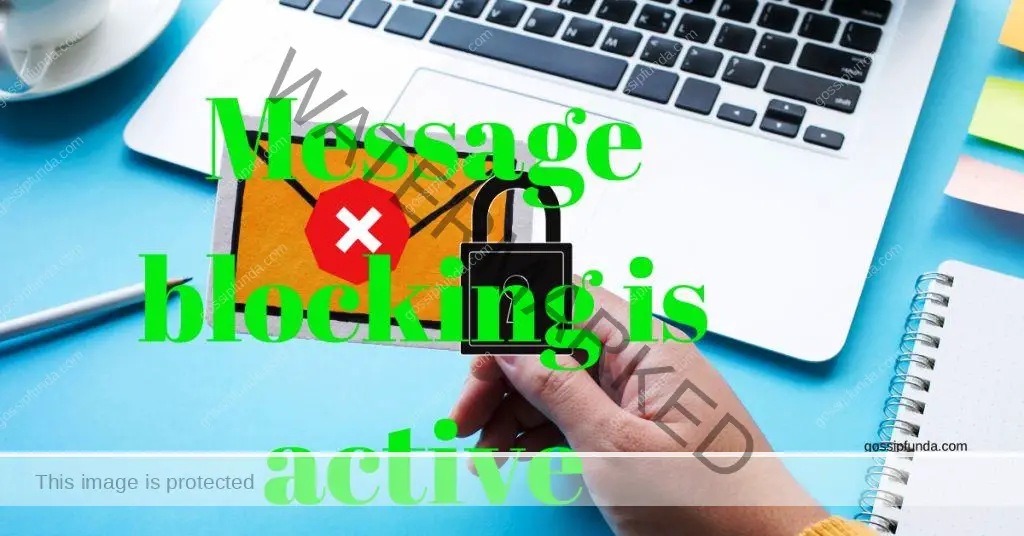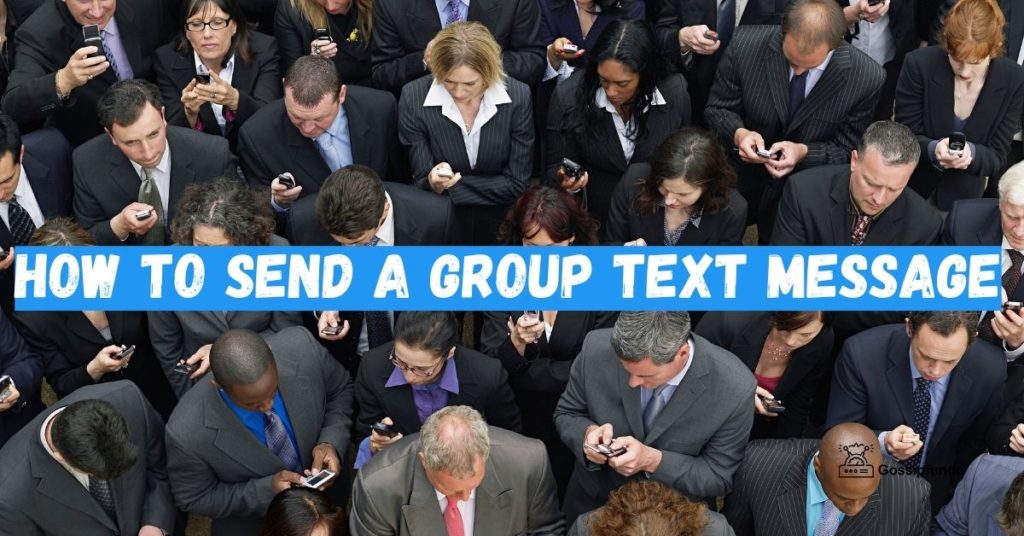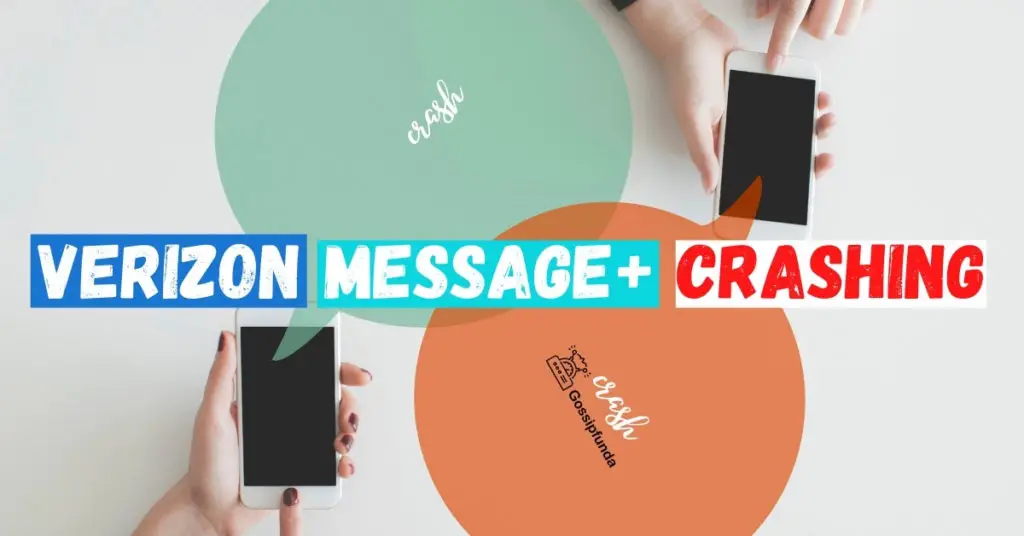Are you facing any issues while sending MMS? MMS messaging needs to be enabled on your phone. Read this guide till the end and follow our methods tot fix the errors or issues on your phone. The MMS has progressed well beyond instant messages. While it was once limited to message-based informing, it has now evolved into a mechanism for communicating a diverse range of mixed media messages and data.
Photographs, sound recordings, and other non-message-based media can be sent from cell phones in the same manner that SMS messages can. This is accomplished by a technology known as MMS informing. While MMS messages are similar in concept to SMS notifications, they aren’t identical. This causes the usual problems with phones that use MMS informing. Even though these are basic solutions for cell phones, knowing how to do them means a lot so you can keep providing them with everything they need. This is the method for enabling MMS informing and beginning to give genuine variety and depth to the communications you transmit.

What exactly is MMS Messaging?
MMS stands for “Multimedia Messaging Service.” It is an innovative work in conveying messages with greater detail than SMS messages. Most MMS communications can send files up to five megabytes (MB), which is more than adequate for practically any photograph you want to send. MMS also allows users to send multimedia messages, such as video and audio, as provided the contents are short enough to fit inside the five MB data restriction.
It is critical to remember that MMS messaging isn’t the same as employing iMessage or another messaging administration that isn’t based on SMS or MMS messaging. When messages are transmitted over iMessage, they are sent over data and Wi-Fi rather than regular messaging systems. This informative technique has potential advantages and disadvantages, but it functions in essentially the same way in implementation. SMS and MMS can be sent through iPhones. That occurs when there is no Wi-Fi or a consistent data connection.
iMessage is fantastic at upgrading and filling in the gaps in a message informing, yet SMS and MMS informing are generally general and usable. Many modern messaging plans combine the use of MMS and SMS messaging under the same subscription. It’s an extremely basic and uncomplicated approach for connecting their functions because they will frequently have all the earmarks of being essentially identical when utilized.
Why does MMS messaging needs to be enabled
MMS is most likely to be enabled on your phone. MMS informing has become an inextricably well-known medium for correspondence due to its adaptability and usefulness.
If you’re having problems sending interactive media messages, a malfunctioning MMS setting could be to blame. This could be due to a variety of factors, such as abruptly changed settings, someone attempting to solve a problem incorrectly, or the phone simply using that option as a matter of routine. Whatever the explanation, MMS messaging needs to be enabled is evident.
Step-by-Step Instructions for MMS messaging needs to be enabled
Because they don’t have iMessage to fall back on in sight and sound informing, Android gadgets are obliged to have MMS informing enabled. Regardless, there are numerous circumstances in which MMS informing might unintentionally be harmed, making messaging and sending messages with an Android phone significantly more difficult and upsetting. Because many Android phones have distinct operating systems from the standard Android highlights, the settings to enable MMS notifications can be quite unusual at times. Regardless, the normal procedure will not follow a similar basic path more often until the finish.
For MMS messaging needs to be enabled on your Android phone, use the steps below. This interaction includes resetting your phone’s MMS functionality.
- Navigate to your Settings app.
- Select the Settings > Associations tab.
- Locate and choose the section that says Mobile networks.
- Locate the section that says “Passage Names” and enter it.
- Navigate to the “Menu” button. Choose the “Menu” button.
- Select the “Reset to Defaults” option.
This should effectively reset your phone’s MMS functionality. If this does not work, it is worthwhile to investigate other options. Check for the following:
- Check the phone’s details and carrier administrations.
- Ascertain that your communications strategy supports MMS informing.
- Check that your SIM card is functioning properly.
Restart your phone again, if the above solutions don’t work. Of course, MMS informing chips away at Android telephones, so if there are significant troubles with the informing administration, it is useful to take your phone for maintenance is that it can verify if there are any other further problems to it or not.
For MMS messaging needs to be enabled on an iPhone
When MMS is enabled, you can send interactive media messages, for example, images, recordings, and collecting messages, to those who don’t have iPhones or aren’t using iMessage. MMS (Multimedia Messaging Service) is typically activated on your iPhone; however, you can use MMS once you’re linked to your mobile telephone administration’s network. MMS activation Turn on your cell phone’s data.
So, the first method is by Turning on the MMS
When you aren’t connected to Wi-Fi and have to send a visual message, such as a picture, video, or group text, or if you need to send it to someone who isn’t utilizing iMessage (such as an Android client), you must utilize MMS.
- 1) Open the mobile data: MMS requires the use of your mobile device, whether or not you are connected to the internet via Wi-Fi. To activate cell information, perform the following steps:
- Scroll down from the top corner of the Apple iPhone or later home button, or up from the lower half of the home screen on previous models.
- Tap the cell symbol (the upward receiving wire with two bent lines on one or both sides in the upper-right tile) to make it green. If not, you have now joined the group.
- Before sending an MMS message, consult with your carrier to determine the specific limits.
- 2) Some phone plans exclude MMS texting, but others may charge you if you are over a specified limit. Open your iPhone’s Settings.
- 3) Scroll down and select Messages. It’s grouped in with other Apple applications like Mail and Notes.
- 4) Look down and toggle “MMS Messaging” to “On”. It is in the SMS/MMS sector and will turn green. This enables your phone to transmit messages with images and videos while using your carrier’s data plan.
- MMS is not the same as iMessage, which may be sent via Wi-Fi messaging when shippers and recipients have iMessage enabled. When Wi-Fi is accessible, no cell data is used.
- When you send a photo or other mixed media message to someone who has an Android, it is always transmitted as MMS. You won’t be capable of sending video and auditory communications to anybody who owns an Android or an iPhone unless you activate MMS.
- Switch on the “Group Messaging” option at the bottom of the screen (green).
This allows the user to send and reply to group chats, which may need MMS if the other attendees aren’t using iMessage.
MMS research is a second way for getting the same outcome
- 1) Determine whether or not you can send an SMS message: An SMS message is a standard instant communication sent through your phone provider. If you can send SMS but not MMS, it could be because your connection is too big – carriers do limit MMS size.
- 2) To send an SMS, you must first disable iMessage, therefore do the following:
- Select the Settings app.
- Select Messages from the drop-down menu.
- Turn the “iMessage” toggle switch off (dim).
- Go back to the Messages app and send a single message to someone who isn’t connected.
- If the message just went through, try sending it again using the connection. If it doesn’t go through, it’s most likely because of a too-large connection or because your transporter bans MMS.
- It is reasonable if both SMS and Send SMS are delivered while iMessage is disabled because the sender is using an Android yet their contact information was formerly linked with an iPhone. Your iPhone may be sending MMS messages to their iMessage account instead of their phone number. In this scenario, it is advised the receiver contact Apple for advice on how to remove their contact information from the formerly associated iMessage account. After testing, make a point of walking away.
MMS messaging needs to be enabled for Community Benefits
One important application of MMS messaging is that it adds tone and profundity to message promotion efforts. Text advertising attempts are frequently unengaged and uninteresting. Messages that use media are extremely engaging and energetic for people to use. The Local area utilizes these MMS aspects to create unimaginably compelling text-based communications at scale. The locality is very deliberate about employing mass text promoting in ways that lead to improved commitment, and MMS informing is a huge piece of that.
Take a glance at Society’s tools if you’re seeking a better method to connect with your customers as a business. The next level in local area commitment for organizations has arrived, and it is called Community.
You should update your iPhone. Look at How to Update iOS to refresh your phone
Reset your Network Configuration: This will clear everything from your cell and Wi-Fi connections, maybe correcting any errors in your MMS administration. Note that doing so will destroy all of the stored Wi-Fi network credentials, which means you’ll have to input them again the next time you access Wi-Fi.
- From the drop-down menu, select the Settings option.
- Select the General option from the drop-down menu.
- Press the Reset button on your keyboard. The option to Reset Network Settings should be chosen.
- If you have a login, you will be prompted to enter it.
- Get in touch with your carrier.
MMS is a provider function, which implies your provider is in charge of the computers that transport MMS data from one iPhone to the other, as well as vice versa. If you’re experiencing persistent MMS problems, your carriers may be able to tweak your MMS administration on their end, resolving the connectivity issues.
Fixing problems on Android while enabling MMS messages:
When you are unable to send or receive interactive media messages, or MMS, on your Android phone, the problem could be due to network troubles or a product fault with the phone.
Internet Connection
If you are unable to transmit and receive MMS texts on your Android smartphone, check the organization connection. The MMS work is expected to be used by a functioning cell information association. Open the phone’s Settings menu and select “Remote and Network Settings.” Tap “Versatile Networks” to confirm that it is enabled. If it isn’t already enabled, enable it and attempt to send an MMS message. If you are outside your supplier’s organization, allow information meandering to use MMS, albeit the MMS elements may not work properly until you return to your supplier’s company.
Information Plan
If your Android telephone was newly activated, ensure that your administration plan comprises an information plan. Most suppliers anticipate that Android users will have a cell phone data plan saved for their administration. You can either view your agreement online on the supplier’s website or by calling client support, depending on your provider. If any information is missing, suggest that the supplier include it in your arrangement. Most suppliers complete the information inclusion quickly so that you can use your MMS administration.
Reset
On Android phones, a gentle reset clears the way for troubleshooting. If the MMS problems persist, perform a soft reset on your phone. The careful reset, or battery draw, has no negative impact on your phone. It may provide the boost your phone requires to work properly.
Hard Restart
A hard reset is the last resort for resolving MMS difficulties on an Android phone. Before going to do the hard resetting always remember to keep a backup of your data because while doing the hard resetting of your device you may all of your data. Tap “Factory Resetting” and then follow the instructions given on the screen and do it accordingly.
Conclusion
I hope you may have got an idea of the solution for MMS messaging that needs to be enabled. with the above methods, you can easily enable the MMS messaging through the different ways given in this article. Also, if none of the above methods works then the last option which is left is to Reset your device.
I am passionate about my work. Because I love what I do, I have a steady source of motivation that drives me to do my best.
I’m not comfortable with settling, and I’m always looking for an opportunity to do better and achieve greatness. I have a keen interest in the technical field. Apart from this, I am a social media influencer.


